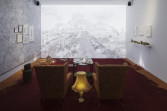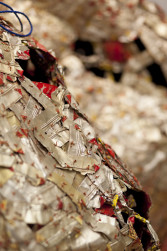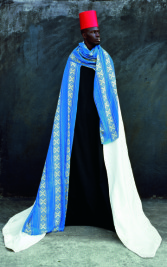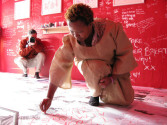
I was struck by the historical and geographical rootedness of particular artists even as they (or their work) may travel across borders. In a world where borders are rigidly controlled, which of the artists have enjoyed relatively free movement, and which have not? Exhibitions that are so deliberately curated would benefit from giving more attention to their texts. There is potential for critical and creative dialogues between curators, artists, writers and art historians.





